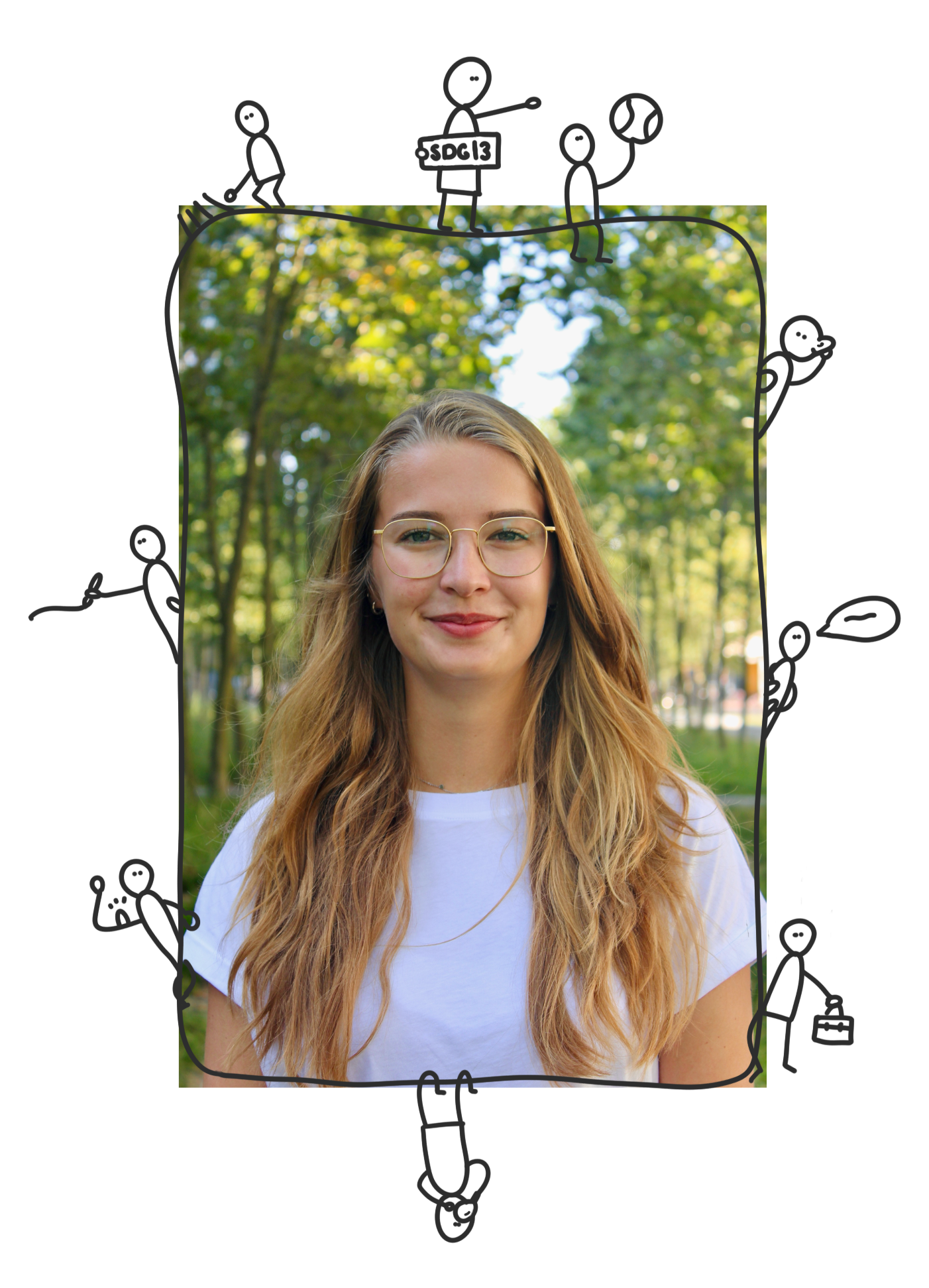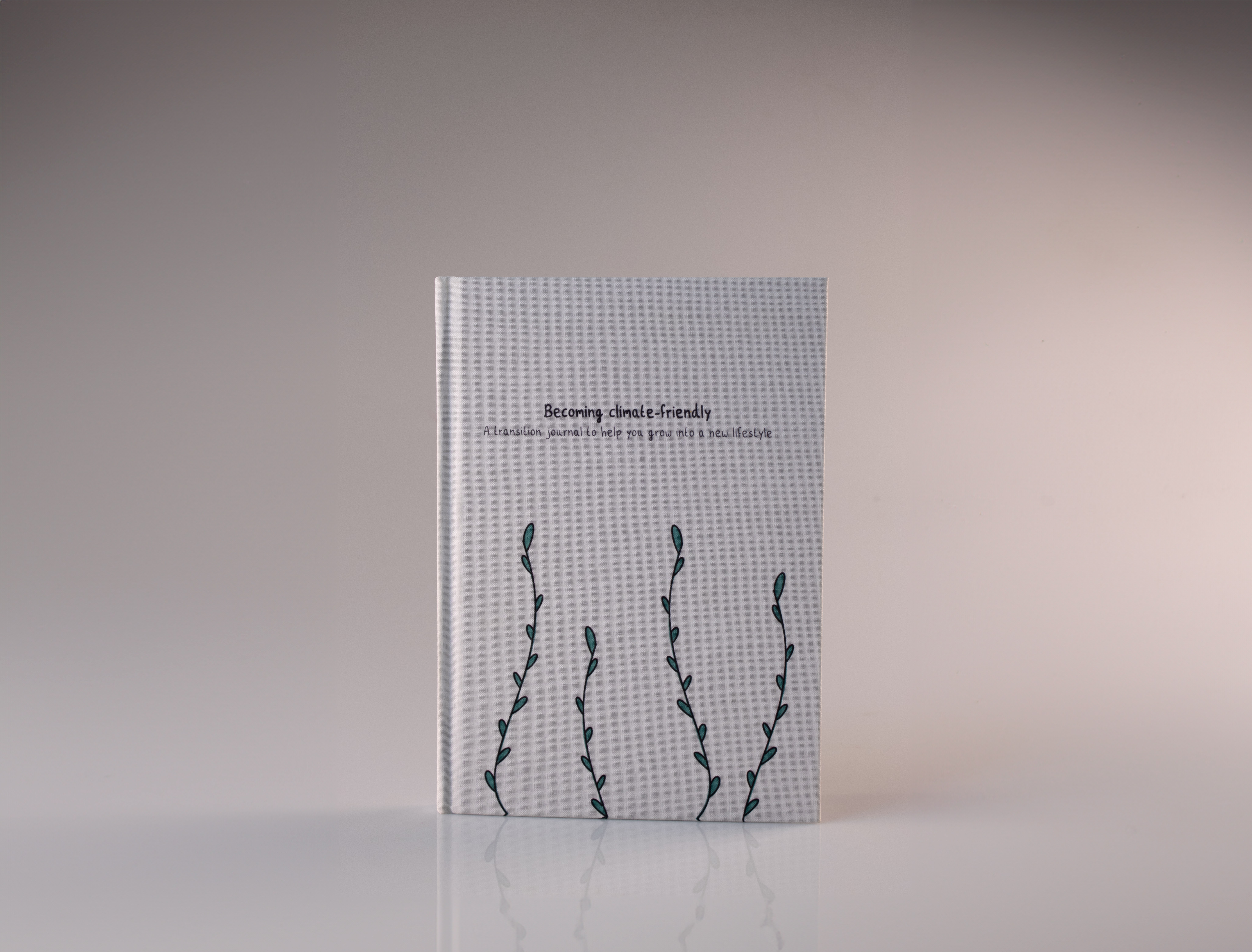Hi! Ik ben Vere
Leuk om je te ontmoeten! Ik heb een Master of Science in Industrial Design, (Technische Universiteit Eindhoven). Met positiviteit en creativiteit wil ik bijdragen aan oplossingen voor de uitdagingen van morgen. Door goed te luisteren, scherp te analyseren en helder te communiceren richt ik me op duurzame verandering en maatschappelijke impact. Met enthousiasme, empathie en een oplossingsgerichte houding werk ik graag samen aan een toekomst die beter én leuker is.
In mijn portfolio kun je meer lezen over mij, mijn huidige project en mijn educatie. Kijk rond en stuur me een berichtje als je wilt praten 🙂

Becoming climate-friendly journal
Duurzaam leven is niet alleen nodig, het kan ook best een beetje leuk zijn.
Wat als we de klimaattransitie persoonlijk en positief benaderen, waardoor het voelt als iets waar je wél grip op hebt? Het Becoming Climate-Friendly Journal daagt je uit om met een open blik aan de slag te gaan met klimaatverandering. In plaats van alleen te focussen op minder CO₂-uitstoot, helpt het journal je om nieuwe manieren van leven te ontdekken en daardoor bij te dragen aan een beter klimaat. Gebaseerd op de growth mindset theorie laat het zien dat veranderen niet zwaar of negatief hoeft te zijn, maar het juist leuk is om nieuwe dingen te leren.
Dit project maakte ik als afstudeerproject voor de master Industrial Design aan de TU Eindhoven. En met trots: het won de tweede prijs bij de Social Design Talent Award 2024.
